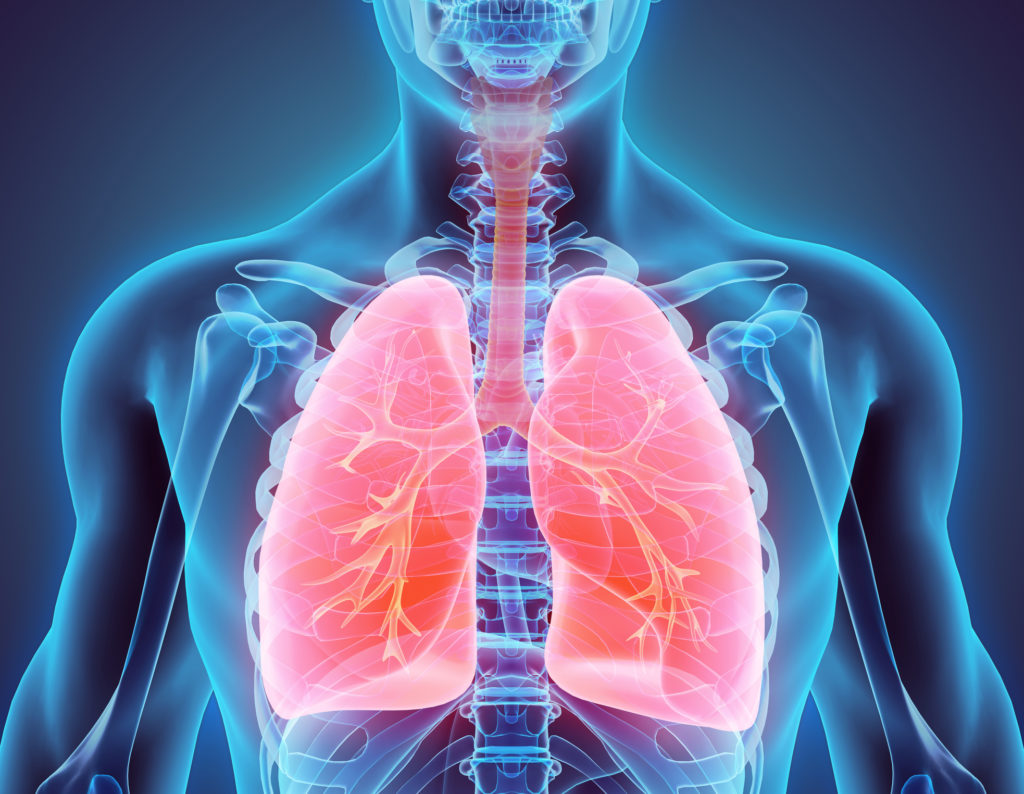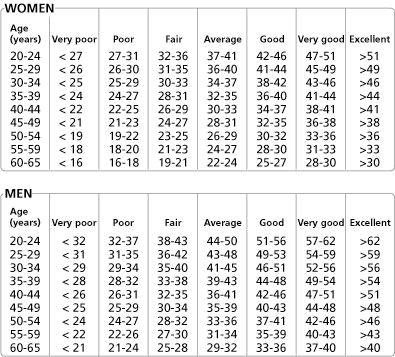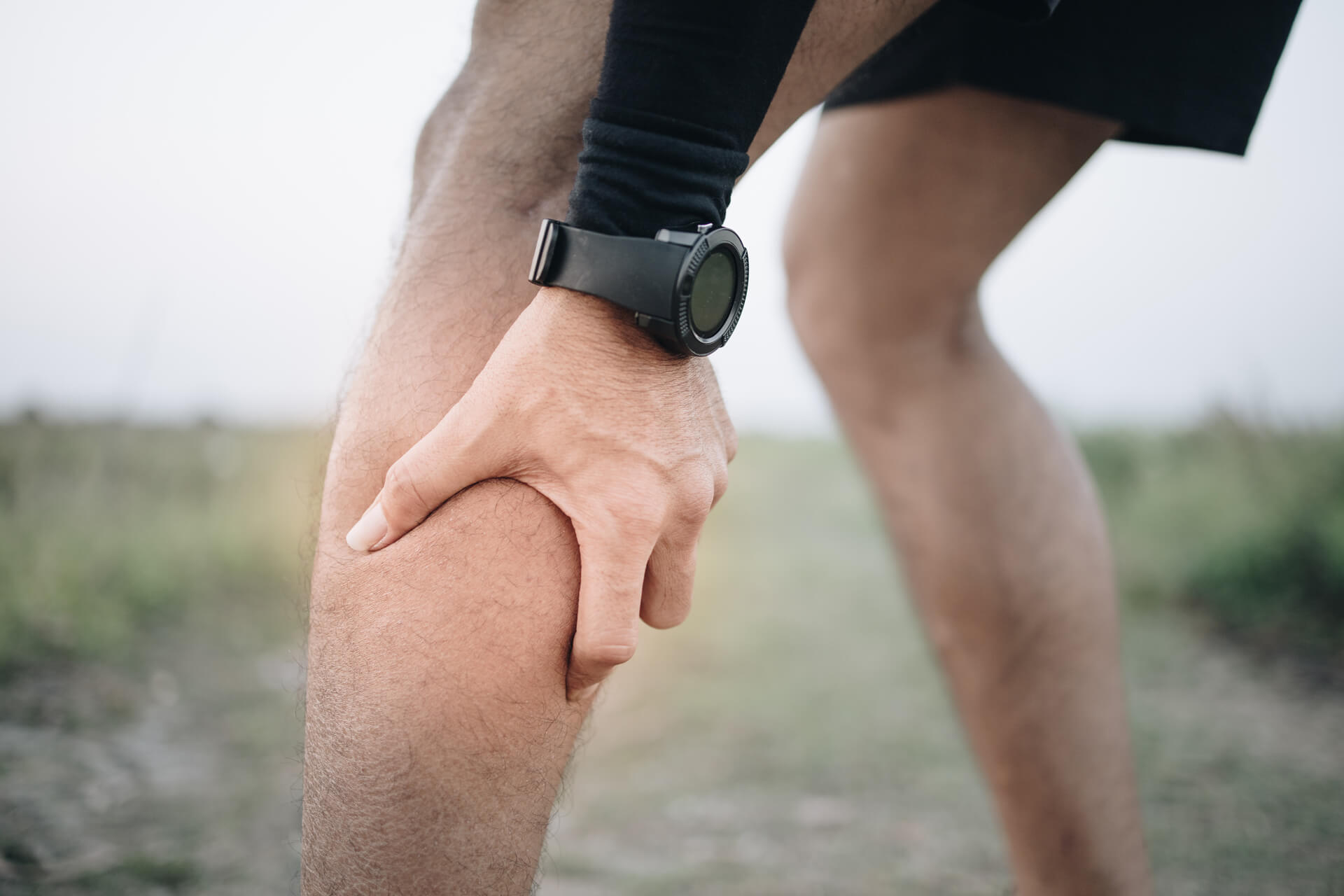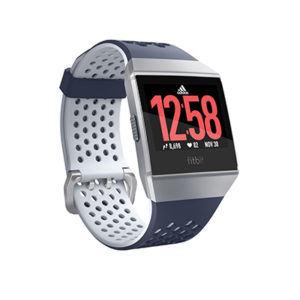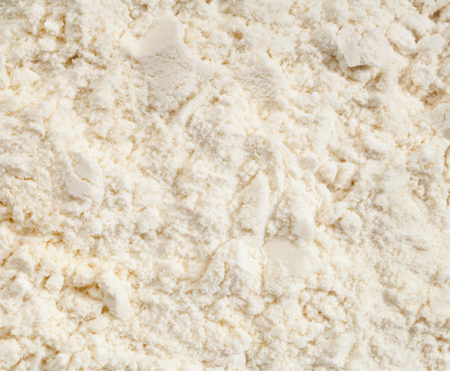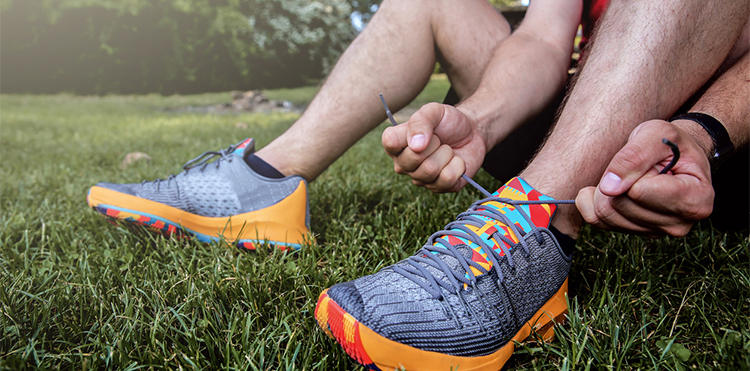If you’re a keen runner, the chances are you’ve probably heard the term VO2 Max banded about. You probably know that it’s a measure of fitness and you might even have guessed that the O2 relates to the amount of oxygen you can take in – clever you!
Most people, though (including your uninformed correspondent until about two weeks ago) won’t have a Scooby – other than that it sounds sciencey and important. So, what is VO2 Max and, in any case, why should runners care?
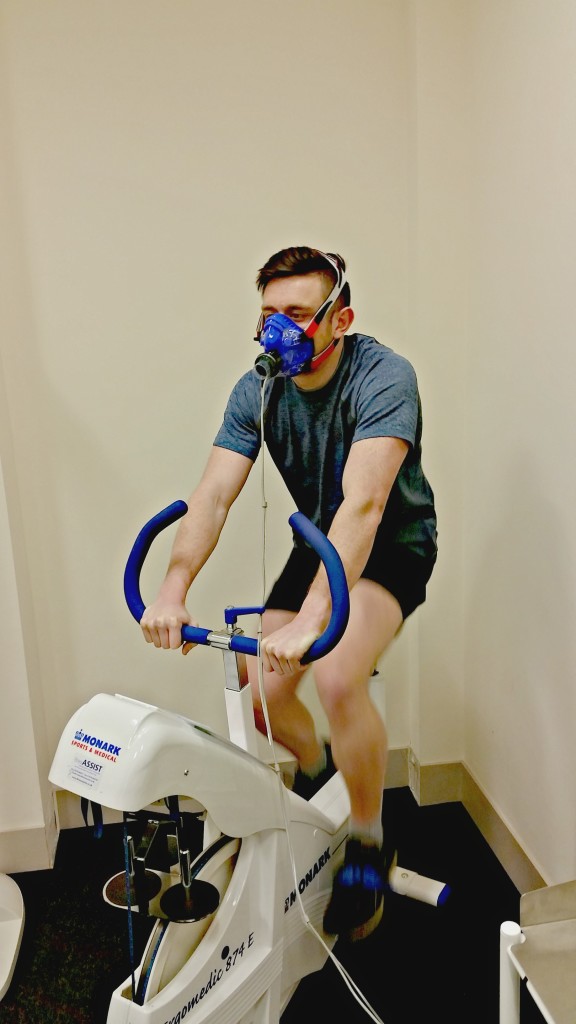 Basic description: VO2 Max is a measure of the maximum volume of oxygen that an athlete can use.Isaac has his VO2 Max tested at Speedflex in Central London. The higher the volume, the fitter the athlete.
Basic description: VO2 Max is a measure of the maximum volume of oxygen that an athlete can use.Isaac has his VO2 Max tested at Speedflex in Central London. The higher the volume, the fitter the athlete.
How is it measured? In millilitres of oxygen per kilogram of body mass per minute.
How is it tested? Typically by using a treadmill or a watt bike. In each case, the difficulty level is progressively increased until the athlete is working at maximal effort. VO2 max is reached when oxygen consumption remains at a steady state despite an increase in workload.
Is a high VO2 Max essential to good running? In short, no. But it helps. As a lot of factors affect running performance (technique, mentality, conditions etc), someone with a relatively low VO2 Max could potentially be a much better runner than someone with a high score.
How can it be improved? Consistent interval training. For quickest results, you want to run at a pace that elicits your VO2 Max (around 3K pace) at least once a week.
Where can you get yourself tested? VO2 max testing at Speedflex costs £48. For further information on Speedflex, or the comprehensive health assessments available, visit speedflex.com.
Try these VO2 Max-boosting workouts
Beginner: 6 x 2mins (60secs rest)
Intermediate: 5 x 4mins (90secs rest)
Advanced: 8 x 3mins (90secs rest)
Top 5 VO2 Max recordings
97.5 – Oscar Svendsen, cyclist
96.0 – Espen Harald Bjerke, cross-country skier
93.0 – Kurt Asle Arvesen, cycling
92.5 – Greg LeMond, cycling
92.0 – Matt Carpenter, runner

